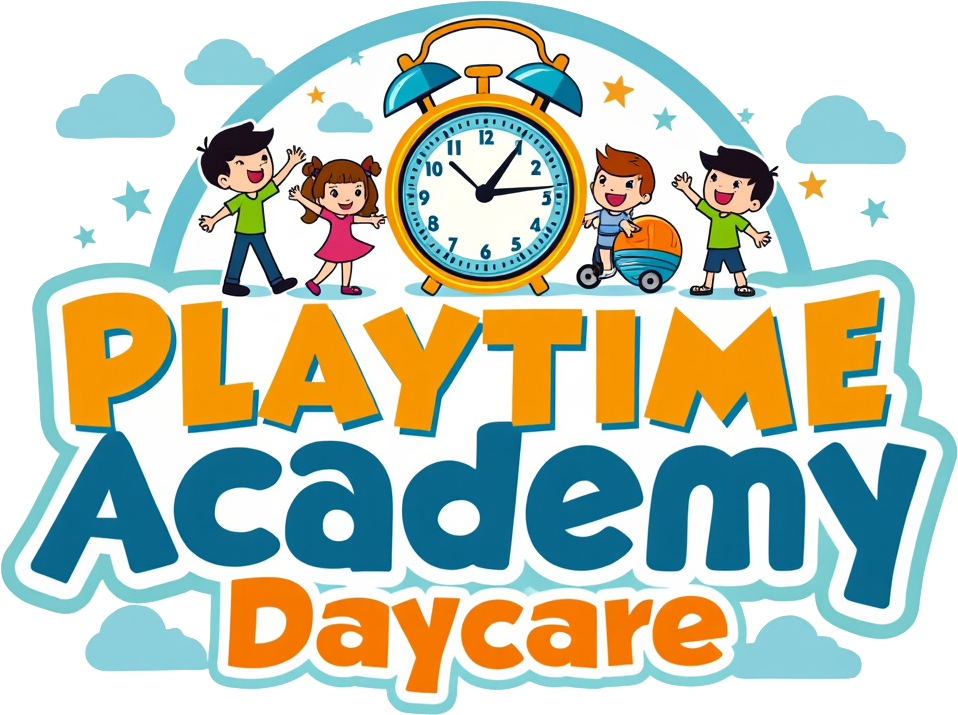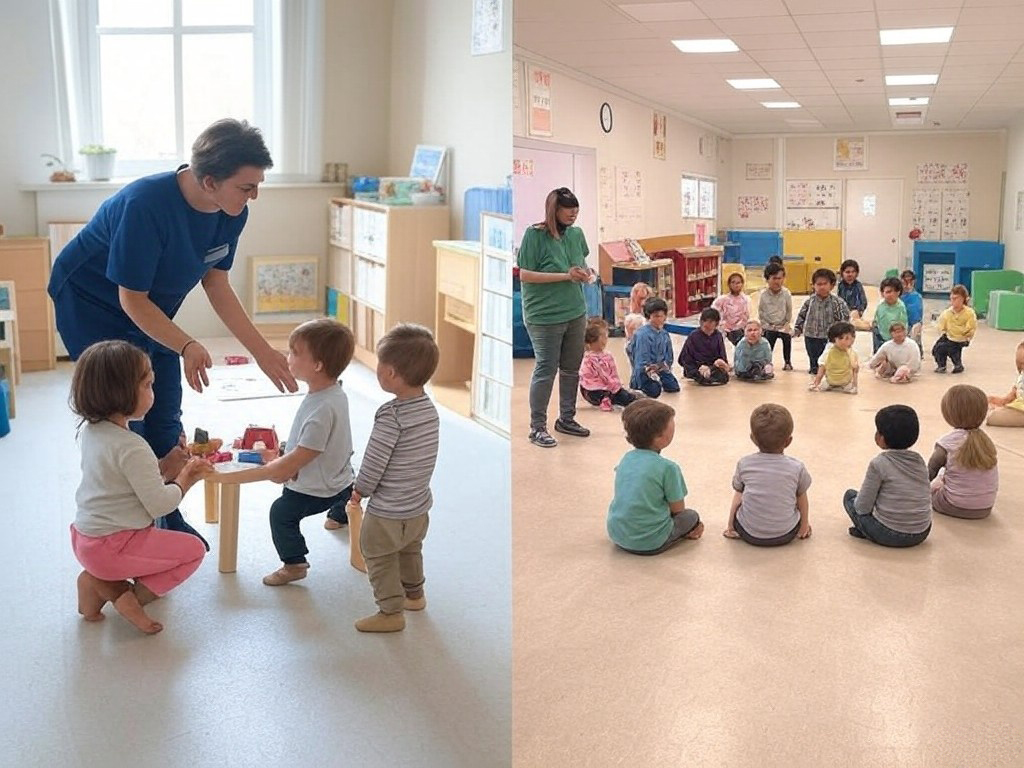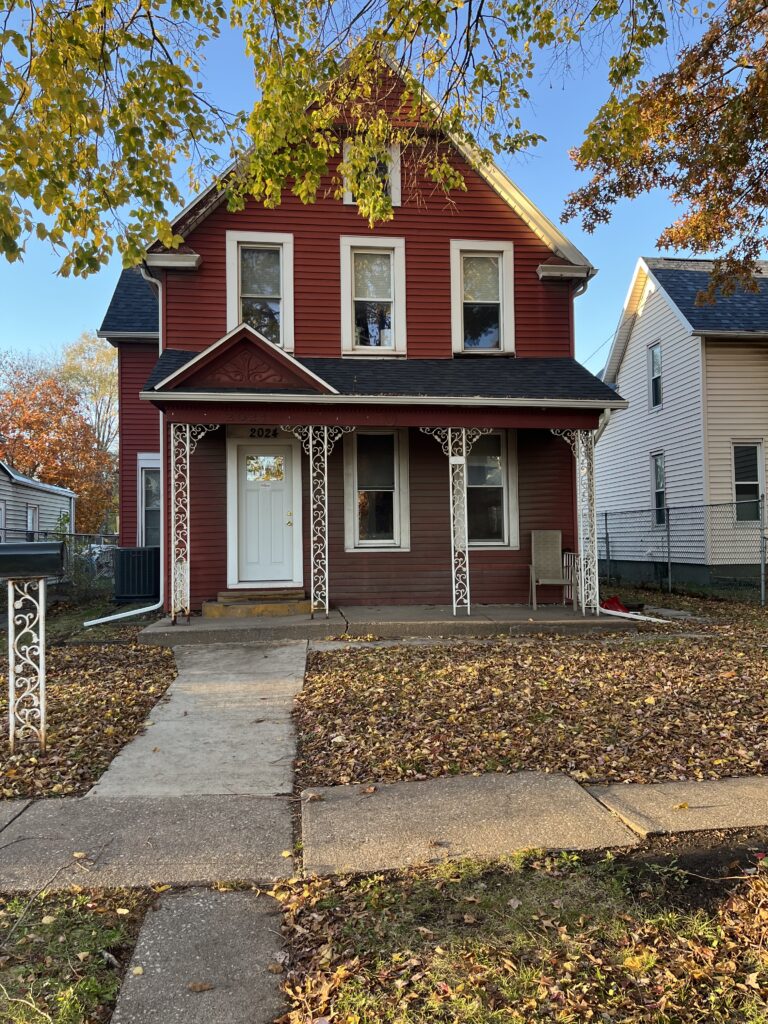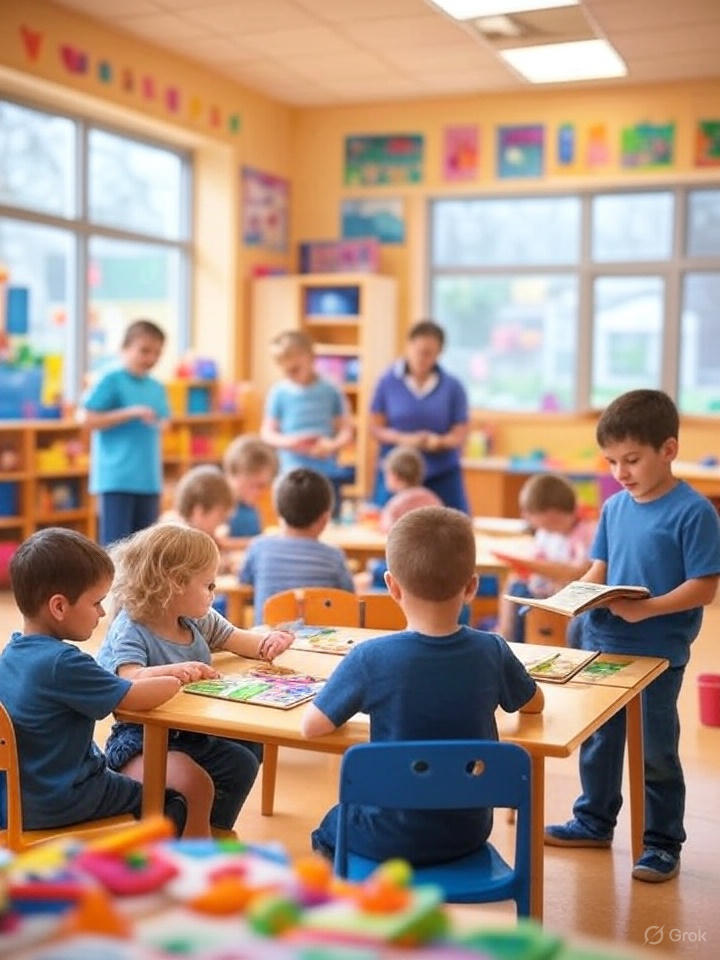What is the difference between In-home daycare vs. a daycare center
Here’s a breakdown of the main differences between in-home daycare and daycare centers:
Topics Covered:
In-Home Daycare:
- Setting:
- Environment: Typically operates in the provider’s home, offering a more home-like, intimate setting.
- Size: Usually cares for a smaller number of children, which can lead to a lower child-to-caregiver ratio.
- Regulation:
- Licensing: Regulations vary by state, but in-home daycares might have less stringent requirements compared to centers. However, many still need to meet certain health, safety, and educational standards.
- Flexibility: Often offers more flexible hours and might be more accommodating to last-minute needs.
- Cost:
- Affordability: Generally less expensive than larger centers due to lower overhead costs.
- Personalization:
- Care: Can provide more personalized attention and care, adapting more easily to individual child’s routines, preferences, or special needs.
- Relationships: Stronger bonds might form between the caregiver, children, and families due to the smaller group size.
- Activities:
- Scope: Might have fewer organized activities or specialized programs compared to larger centers, but the activities are often tailored to the specific group of children.
Daycare Center:
- Setting:
- Environment: Operates in a dedicated facility designed for multiple children, often with specialized rooms for different activities (e.g., play, nap, learning).
- Size: Can accommodate more children, leading to a higher child-to-caregiver ratio.
- Regulation:
- Licensing: Subject to strict state regulations regarding safety, staff qualifications, child-to-staff ratios, curriculum, and facility standards.
- Consistency: Offers a more structured daily schedule which might be beneficial for children who thrive on routine.
- Cost:
- Expense: Generally more expensive due to higher operational costs, including rent, staff salaries, equipment, and educational materials.
- Personalization:
- Care: While personal attention can still be significant, the larger number of children might mean less one-on-one time per child.
- Professionalism: Often employs teachers or caregivers with formal early childhood education, which can enhance educational and developmental programs.
- Activities:
- Scope: Typically has a broader range of activities, including educational programs, arts, crafts, music, and sometimes even language classes or introductory sports.
Key Differences at a Glance:
|
Group Size |
In-Home Daycare |
Daycare Center |
|---|---|---|
|
Group Size |
Small (4-12 children) |
Large (20+ children) |
|
Environment |
Home-like, cozy |
Professional, structured |
|
Staff |
1-2 caregivers |
Multiple staff |
|
Cost |
Often lower |
Higher due to facilities |
|
Activities |
Flexible, play-based |
Curriculum-driven |
|
Regulation |
Varies by state |
Strict licensing standards |
Which Option Is Best for Your Family?
When choosing between in-home daycare and a daycare center, consider your child’s personality, specific needs, your family’s schedule, and your budget. It’s also wise to visit potential care providers to get a feel for the environment and meet the caregivers.
Consider your child’s personality, your family’s schedule, and your budget:
- Choose in-home daycare if: You prefer a smaller, more intimate setting or need flexible hours.
- Choose a daycare center if: Your child thrives in structured environments with diverse activities.
At Playtime Academy Daycare, we combine the best of both worlds: a nurturing, home-like environment with structured learning programs designed to help your child grow and thrive.
Ready to Learn More?
Contact Playtime Academy Daycare to schedule a tour and see how we can meet your childcare needs!



